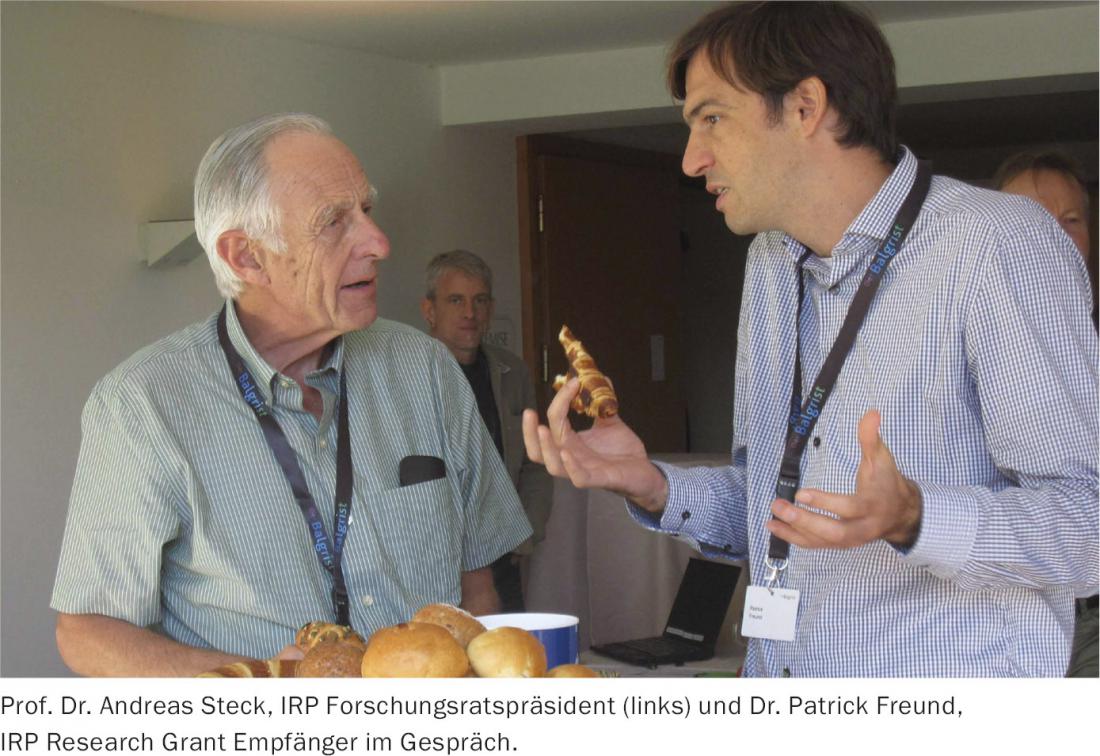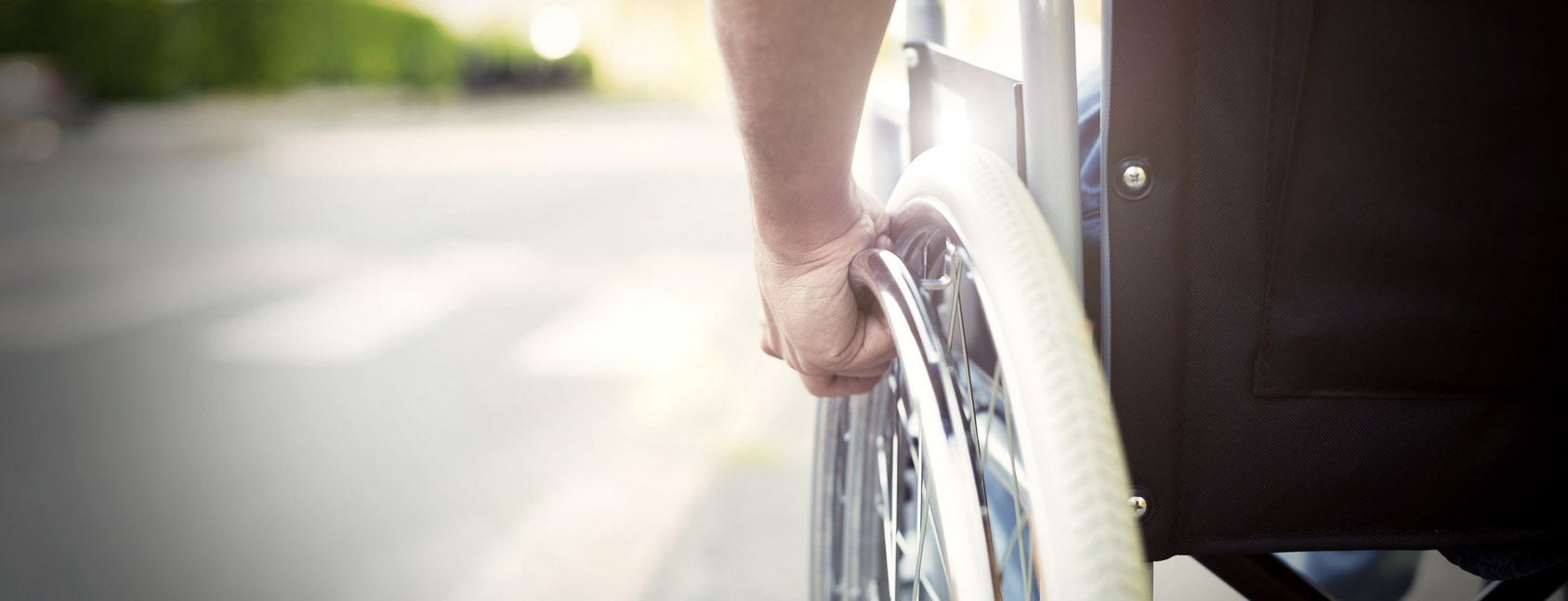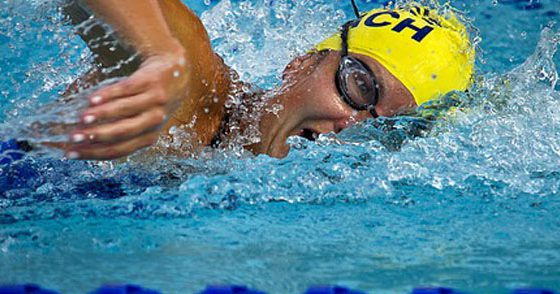For the first time, four internationally known foundations, all with paraplegia research as their purpose, have organized a meeting together. At the invitation of the International Foundation for Research in Paraplegia (IRP), Zurich; International Spinal Research Trust (ISRT), London; Wings for Life (WfL), Salzburg and Christopher & Dana Reeve Foundation (CDRF), New Jersey, around one hundred researchers and representatives of start-ups and pharmaceutical companies from all over the world met for a professional exchange in the idyllic Kartause Ittingen from 29-30 September. September 2016.
Speakers during the two days were dedicated to translational research, specifically the application of treatments in paraplegics and therapies that have already been tried on animals in the laboratory. One quickly realized the magnitude of this task. The actual transfer of experimental data to humans requires close and multidisciplinary collaboration between biologists, computer scientists, roboticists, physicians and caregivers.

Among the new advanced paraplegia treatments presented, two ambitious Swiss projects deserve mention. One is a large therapeutic and multicenter trial to administer the antibody (anti-Nogo) to paraplegics to promote axon regrowth in the damaged spinal cord. The trial, involving nearly 200 patients, is led by Prof. Martin Schwab, University of Zurich, and Prof. Armin Curt, Balgrist University Hospital, Zurich. The other is a project by Prof. Grégoire Courtine, EPFL, Lausanne and Dr. Joceline Bloch, CHUV, Lausanne, which aims to help paraplegics walk again by means of electrical and pharmacological stimulation.
These two research projects show how the application of these new methods, developed and tested in the laboratories, is now becoming a reality for humans. It must be emphasized that thanks to the very close collaboration between the research groups and the medical teams, the immense challenges of finding a cure for paraplegia can be met. Although for a long time it was felt that there was an insurmountable gap between these two “worlds”, the two studies mentioned above show that a bridge – connecting the two poles – can be successfully built. The results of these two tests are now awaited with some impatience. Only time will tell whether they will bring us a big step forward or possibly only a small one.

HAUSARZT PRAXIS 2016; 11(11): 9












